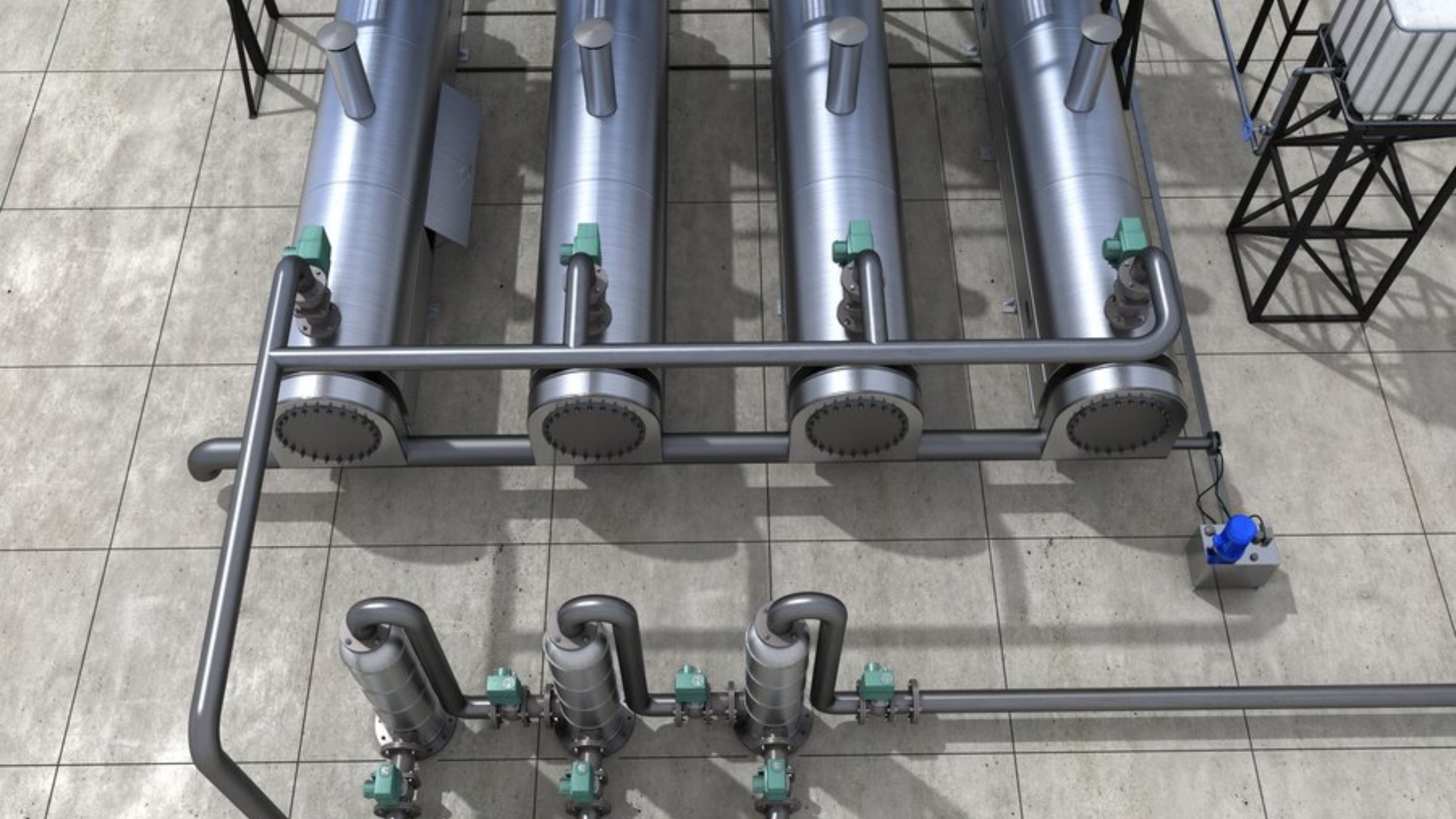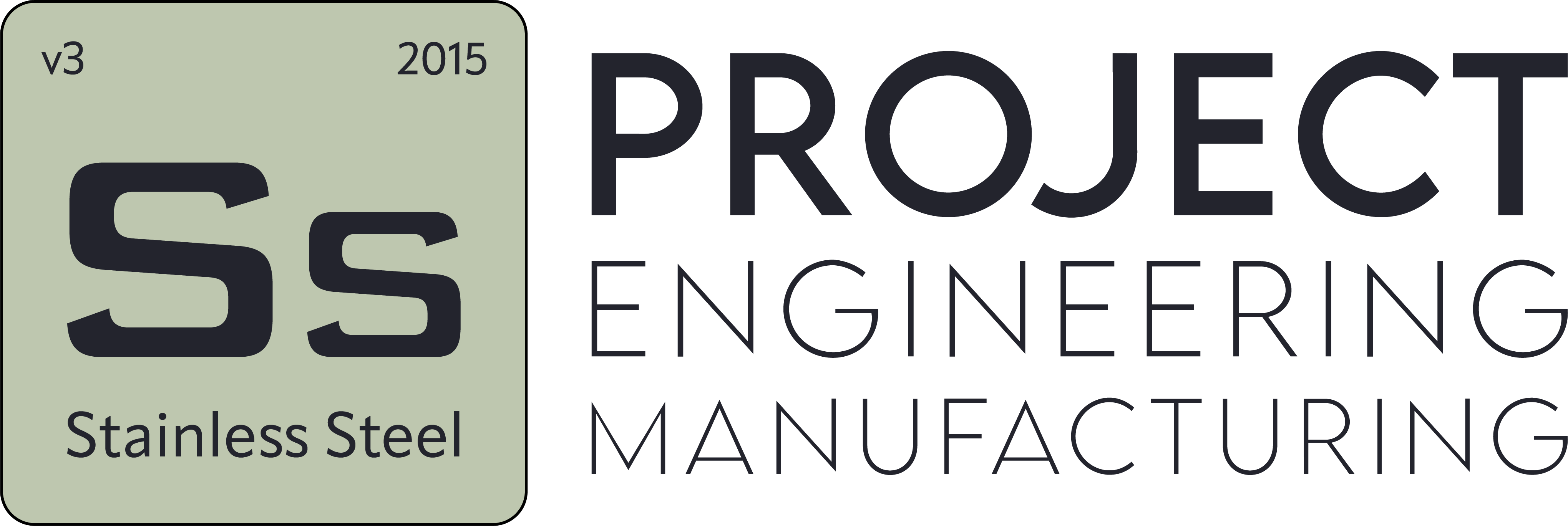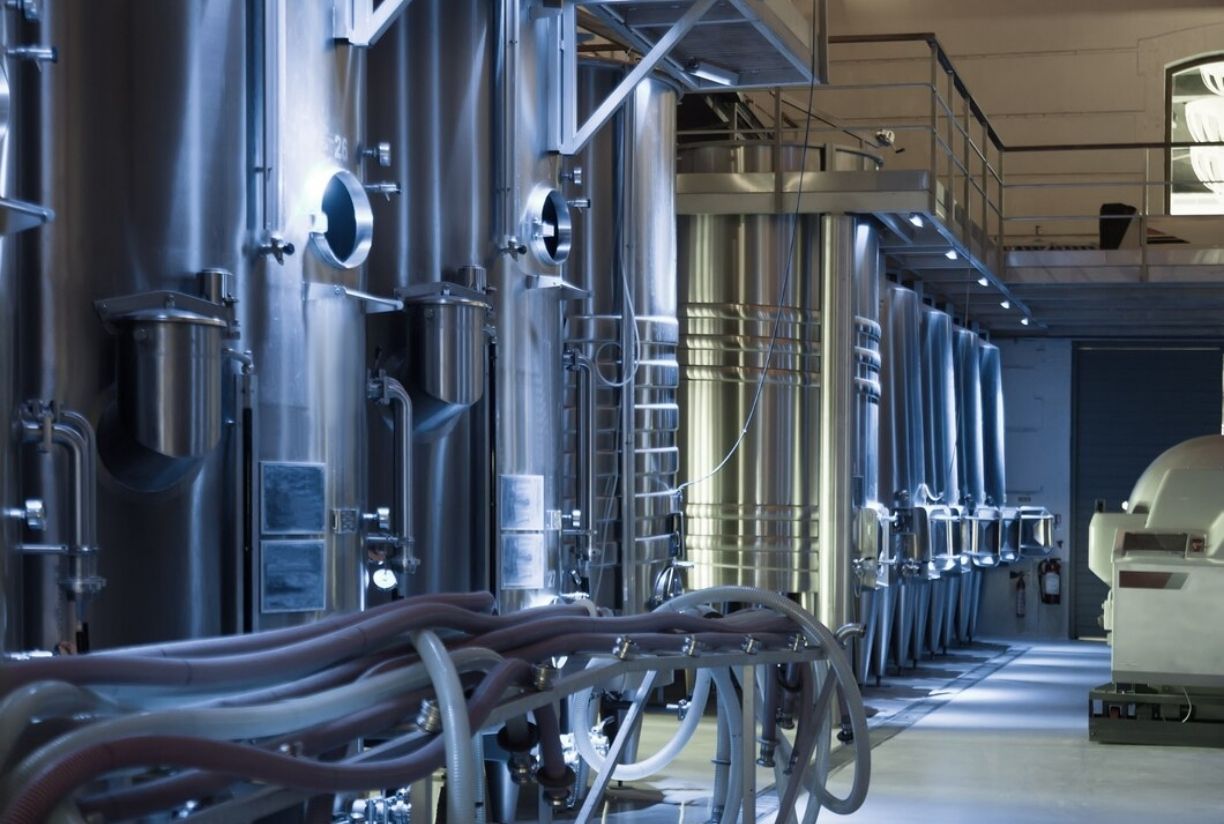Automation in CIP & SIP Systems: Technologies Increasing Efficiency
- Blog
- Automation in CIP & SIP Systems: Technologies Increasing Efficiency
Automation in CIP & SIP Systems: Technologies Increasing Efficiency
What Are CIP and SIP Systems?
CIP (Clean-in-Place) and SIP (Sterilize-in-Place) systems are automated cleaning and sterilization methods that hold significant importance in industrial facilities for hygiene and efficiency. The CIP system enables the in-place cleaning of equipment in production facilities without disassembly, while the SIP system aims to eliminate microorganisms from this equipment. Particularly in the food, pharmaceutical, and chemical industries, these systems play a critical role in ensuring the continuity of production processes and elevating hygiene standards.
Thanks to automation technologies, CIP and SIP processes become more controlled and efficient. Compared to manual cleaning methods, they consume less water, chemicals, and energy, thereby reducing environmental impact. This lowers operating costs for businesses while contributing to sustainable production processes.
What Is the Importance of Automation in CIP and SIP Systems?
Traditional CIP and SIP processes, which require manual controls, are prone to human error. Automation systems make these processes more reliable and precise, thereby enhancing quality. Through sensors and software, critical parameters such as temperature, pressure, and flow rate are monitored and optimized in real-time.
Automated CIP and SIP systems operate according to predefined recipes, ensuring that every cleaning and sterilization process is compliant with standards. This provides consistency across production lines and elevates hygiene safety to the highest level.
What Sensors Are Used in CIP and SIP Automation?
In automated CIP and SIP systems, temperature, conductivity, pH, and flow sensors are commonly used. These sensors are vital for ensuring the systems operate efficiently.
For example, temperature sensors ensure that sterilization processes occur at the specified temperatures. Conductivity sensors determine whether the chemical solutions used during cleaning are at the correct concentrations. This maintains hygiene standards while preventing unnecessary chemical consumption.
How Is Energy Efficiency Achieved in CIP and SIP Systems?
Automation-supported CIP and SIP systems use advanced algorithms to minimize energy consumption. Water recovery systems, smart chemical dosing methods, and low-energy pumps enable businesses to create more sustainable cleaning and sterilization processes.
Particularly, systems with heat recovery reuse energy expended during CIP and SIP processes, reducing costs. Additionally, processes optimized according to set parameters reduce both water and detergent consumption.

Why Are Data Logging and Tracking Important in CIP and SIP Systems?
Today, many production facilities use advanced SCADA and IoT solutions to digitally track cleaning and sterilization processes in CIP and SIP systems. These systems record every operation, ensuring the sustainability of production standards.
Automated data logging helps identify potential errors instantly and simplifies audit processes for regulatory bodies. This ensures that production processes consistently maintain the highest levels of hygiene and quality.
How Is Chemical Usage Optimized in CIP and SIP Systems?
Automation systems precisely control the amount of chemicals used in CIP and SIP processes, preventing unnecessary consumption. Through chemical dosing systems, the ideal amount of chemicals is determined for each cleaning and sterilization cycle.
Smart sensors continuously monitor the concentration of detergents used, preventing overuse and minimizing environmental impact. This provides cost advantages for businesses while supporting sustainable production processes.
What Are the Advantages of Automation in CIP and SIP Systems?
One of the greatest advantages automated CIP and SIP systems offer businesses is time savings. While manual cleaning processes can take hours, automation significantly shortens this time, minimizing production downtime.
Additionally, automation systems provide more consistent and reliable cleaning. By eliminating human errors, they ensure the continuity of hygiene standards. This extends the lifespan of production line equipment and reduces failure risks.
What Are Industry 4.0 Applications in CIP and SIP Systems?
Industry 4.0 technologies bring numerous innovations to make CIP and SIP systems smarter and more efficient. Thanks to IoT-based devices, remote monitoring and management of systems have become possible.
With artificial intelligence-supported analytics systems, continuous improvements can be made to enhance the efficiency of cleaning processes. Data analysis allows potential issues to be identified in advance, optimizing maintenance processes.
How Is SCADA Used in CIP and SIP Automation Systems?
SCADA systems provide a centralized control mechanism in CIP and SIP automation, enabling process monitoring and optimization. SCADA software offers operators real-time data, allowing remote management of cleaning and sterilization processes.
These systems also help increase process efficiency in production facilities. With automated reporting features, comparisons between production lines can be made to determine the most efficient cleaning cycles.
What Are Maintenance and Failure Prevention Strategies in CIP and SIP Systems?
Performing regular maintenance on automated CIP and SIP systems ensures their longevity. Preventive maintenance strategies, such as sensor calibration, pipeline checks, and pump maintenance, help prevent failures.
Moreover, advanced monitoring systems detect potential failures in advance, minimizing intervention time. This prevents disruptions in production processes and ensures high efficiency for businesses.
Data Analytics and Traceability in CIP & SIP Systems
In CIP (Clean-in-Place) and SIP (Sterilize-in-Place) systems, data analytics and traceability are crucial for making facility hygiene processes more efficient and secure. Thanks to automation technologies, all cleaning and sterilization cycles can be monitored and recorded in real-time. This data is used to analyze system performance, identify efficiency losses, and optimize processes as needed. In sensitive industries (food, pharmaceuticals, biotechnology), detailed reports can be generated to meet the requirements of regulatory bodies and ensure compliance with quality standards.
Data analytics offers significant advantages in minimizing water and chemical consumption, increasing energy efficiency, and reducing downtime. Modern CIP & SIP systems equipped with IoT (Internet of Things) sensors and AI-supported software enable real-time tracking of the entire cleaning process. These systems alert operators to deviations or potential failures, triggering proactive maintenance processes. This allows facilities to maintain hygiene standards while reducing operational costs and developing sustainable production processes.
Data Analytics and Traceability in CIP & SIP Systems
In CIP (Clean-in-Place) and SIP (Sterilize-in-Place) systems, data analytics and traceability are vital for making facility hygiene processes more efficient and secure. Automation technologies allow all cleaning and sterilization cycles to be monitored and recorded in real-time. This data is used to analyze system performance, identify efficiency losses, and optimize processes when necessary. Additionally, in sensitive industries (food, pharmaceuticals, biotechnology), detailed reports can be generated to meet regulatory requirements and ensure compliance with quality standards.
Data analytics provides significant benefits in reducing water and chemical usage, improving energy efficiency, and minimizing downtime. Modern CIP & SIP systems equipped with IoT (Internet of Things) sensors and AI-supported software enable real-time monitoring of the entire cleaning process. These systems notify operators of any deviations or potential issues, initiating proactive maintenance processes. This allows facilities to uphold hygiene standards while lowering operational costs and advancing sustainable production processes.
The Future of Automated CIP & SIP Systems and Emerging Trends
Automation in CIP and SIP systems continues to offer increasingly innovative solutions with advancing technology. In the future, the integration of artificial intelligence and machine learning algorithms is expected to enable systems to self-learn and automatically optimize cleaning processes. Smart sensors can analyze variables in the cleaning process, making real-time adjustments to create the most efficient cleaning cycles. This ensures maximum hygiene with minimal resource use.
Additionally, cloud-based data management systems will enable remote monitoring and control of CIP & SIP systems. Operators will be able to track system performance via mobile applications and intervene in critical processes instantly. At the same time, sustainability-focused solutions will gain increasing importance. Next-generation CIP & SIP systems that maximize water and energy savings and use eco-friendly chemicals will help industrial facilities reduce their carbon footprint. These innovative approaches will provide cost advantages while elevating industry standards to the next level.


